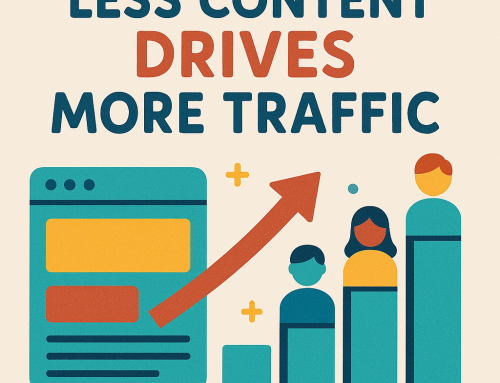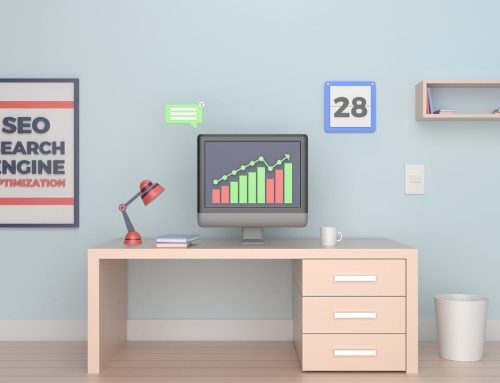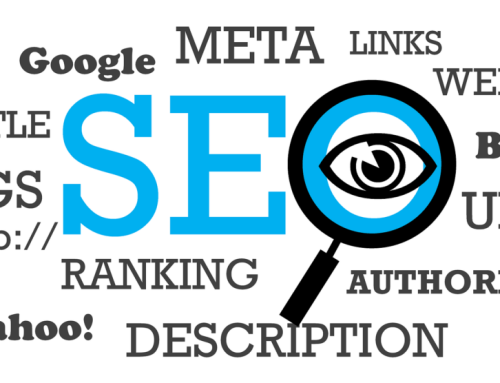 Do you wonder if your webpages will ever make it to the top of Google? Have you bought into SEO tools, programs and recommendations, guaranteed to bring success, only to find they fail to deliver? Do you feel there must be a hidden key factor we all have been missing in the Google algorithm?
Do you wonder if your webpages will ever make it to the top of Google? Have you bought into SEO tools, programs and recommendations, guaranteed to bring success, only to find they fail to deliver? Do you feel there must be a hidden key factor we all have been missing in the Google algorithm?
In this article, the hypothesis is put forward that Google treats home pages preferentially to internal pages: the homepage of a website receives a previously unrecognized boost in positioning that internal pages do not.
The Google Algorithm
Google includes at least 200 signals with different weightings in its positioning algorithm. They are grouped into on-page and off-page factors. The on-page factors relate to the words used in the visible text and underlying coding whereas the off-page factors relate to incoming links.
There is evidence that off-page factors carry more weight than on-page factors. The Adobe homepage, for example, is on the top Google.com results page for the keyword ‘website’ even though the keyword does not appear on the webpage or in the underlying coding. There are seven billion competing webpages for this keyword. The Adobe page is at the top because of the quantity and quality of incoming links and the anchor (linking) text that include the keyword.
In this article, compelling evidence is put forward indicating the top factors in the Google algorithm include:
1. Website authority.
2. Authority boost for homepages competing for keywords.
3. Webpage authority.
In their book “Search Engine Optimization Secrets,” two highly-acclaimed SEO experts state that modern search engines rank pages by a combination of domain authority and page authority.
What is Page Rank?
Google has always placed great emphasis on link popularity in its algorithm.
Page Rank is named after Larry Page, one of the two Google co-founders. It provides an indication of the total value of incoming links to all webpages in the Google index. Google considers these values to be the authority or popularity of the web page. Page Rank is a metric of non-specific authority.
A page rank indicator is available on Internet Explorer with an active Google toolbar. It indicates the page rank of the webpage currently active in the browser. Google calculates page rank in three steps:
1. Every link in the Google index to a web page is given a value according to the page rank of the page giving the link. This is then divided by the number of outgoing links on that page.
2. The value of all the links to the webpage is then summed.
3. All webpages indexed by Google are placed in an authority table so those with the most incoming ‘link juice’ are at the top – page rank 10 – and those with no links have page rank 0. Page rank is on a logarithmic scale.
If page rank is to a base 10, for every webpage with PR10 there would be 100 with PR8, and 10 million pages with PR0.
Positioning of a webpage on Google for a keyword depends on its non-specific authority and its ‘relevance’ for the keyword. Relevance depends on the visible and code content of the webpage and the anchor text used in the incoming links.
We need to be aware of three additional facts when looking at the importance of page rank in the Google algorithm.
1. Page rank data provided by Google ranges from 0 to 10 whereas Google uses an unknown number of decimal places. We may see two pages as having PR3, but the first may have a PR3.99 and the second PR3.01: The first has nearly 10-fold the authority of the second.
2. Updated page rank information is typically released at between 3 month and 12 month intervals.
3. Page rank information is three to six months out-of-date on the day that it is published by Google.
Domain Authority and Page Rank
Google tells us that “page rank works by counting the number and quality of links to a page to determine a rough estimate of how important the website is. The underlying assumption is that more important websites are likely to receive more links from other websites.”
Clearly, page rank currently relates to websites and not just to webpages. Most internal webpages on a website have a link to the homepage which means the page rank of the homepage is the best available reflection of the page rank (or link juice) coming into the website. Homepage page rank can, therefore, be used as a helpful metric of domain authority. Domain authority has been defined in several ways, but homepage page rank has the advantage of being directly available from Google.
There are many webpages with low page rank on the top Google results page for highly competitive keywords. This has misled many to assume page rank can be of little, if any, importance in the Google algorithm. The majority of these highly-positioned low PR webpages, however, are on websites with significant domain authority – homepage page ranks of at least four. This explains how webpages on popular websites such as Wikipedia tend to have high positioning, even if their page ranks are low. Domain authority, therefore, has greater importance than webpage authority, although webpage authority continues to contribute to positioning.
Hypothesis: homepages competing for a keyword are given a boost in the Google algorithm. About 30 percent of webpages on the top Google results page for keywords are homepages, which is grossly disproportionate to the estimated number of webpages. There are an estimated 650 million websites and a trillion webpages on the Internet.
Page Rank analysis of the top 10 webpages and their associated homepages for 1,000 keywords repeated over five Google country domains (U.S., U.K., Canada, Australia and India) demonstrate website authority and webpage authority remain two top factors in the Google algorithm. This functional analysis also suggests homepages competing for keywords are given a positioning boost.
The results of the analysis of 1,000 keywords on five Google domains: 5,000 keywords and nearly 50,000 top 10 webpages can be viewed. The simple but unique tabulated format of presenting the page ranks of the webpages and their associated homepage page ranks on the top Google results page for a list of keywords clearly shows that Google must be giving a boost to the effective page ranks of homepages competing for keywords. Of these nearly 50,000 top webpages, 64 percent are on websites with a minimum homepage page rank of four and a further 30 percent are themselves homepages. Only six percent are on websites with homepage page rank of three or less or they were not themselves homepages competing for the keywords.
From these results, it is suggested that when a homepage with page rank of four or less is competing for a keyword, its effective page rank is boosted to about 4.5. This boost levels the playing field to some degree – like the handicap system in golf. It means the homepages of local business websites with low domain authority have a chance of successfully competing against the internal webpages of directory websites that have moderate domain authority.
The Implications of the HomePage Boost Hypothesis?
1. For new and poorly performing websites in particular, it means SEO efforts should focus on the homepage to maximize the website’s potential.
2. Keyword difficulty techniques and programs should include the homepage positioning boost in addition to domain authority and webpage authority data to avoid underestimating the difficulty.
3. The chance of a new webpage achieving top page positioning on Google for a keyword will be influenced by whether it is the homepage or an internal page.
The hypothesis that homepages receive a boost in positioning over internal pages is new. It has the potential to significantly impact search engine optimization. The hypothesis can be easily put to the test without involving software.





